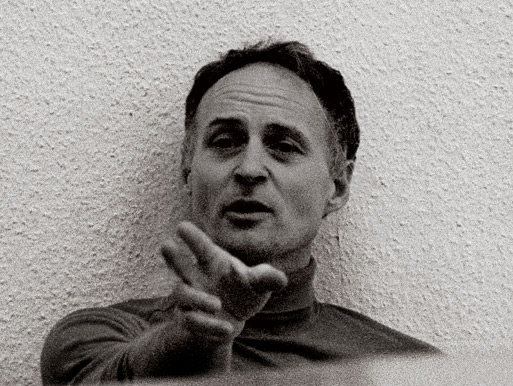about the production
Fiuk (The Hidden Men) is about the place of men in a castrating society that shuts up their instinctual nature. The dancers open the door to the cage and let their savagery express itself. As an inverted mirror image of this first segment, the choreographer offers Csajok (Credo Hysterica) as his second part, a world of women that plunges us into reverie and chaos. Through his four nymphs on stage, the choreographer attempts to show us the extent to which dreams, images created by our unconscious, make up our entire being and perpetually come back to us. Pál Frenák's danced discourse is full of images, gestures, clashes whose every blow goes straight to the guts and the heart. The dance is often violent, made up of bodies that crash into each other, that jerk as if overcome by seizures. Nothing very rational in all of this, just extreme sensitivity and an astonishing capacity to make bodies speak in order to bring us face to face with the limits of the human being.
from the companies’ documents
The style and manner of Frenák's movement culminates, his choreography becomes purer, it does not have any unnecessary gesture. The scenic image is almost empty but astonishingly graceful: from lights it creates pillars, cathedrals, the fragile bodies build up the space. This piece is something tragicomic, a vision similar to a film about the millennium, about excessive power of media where live reality seems to be surrealistic one and what is natural is, of course, only an illusion.
László R. Stark, Magyar Hírlap
Almost every moment of those two performances opens the door to the depth and height, to the land of darkness and light, to experiences already lived and not lived yet. Both of the plays coalesce - in a way, they are identical. Men's and women's world is closed in them, in each of the sexes the opposite one expresses itself, both of the sexes are veiled by mystery, wasteful power of being, inclination to hysteria and immense despair.
Márta Péter, Ellenfény
In his ethereal, heavenly choreography, Pál Frenák tries to open the door of the cage and let the wild animals out of the unconsciousness. The performance is a story about how the tension between rational and instinctive creature within one body is created.
terasz.hu
Irrepressible, tense bodies that long to govern. Masterly lit desires, sorrows, hopelessness. Sin on the Earth, punishment in Heaven. Or vice versa: passion up there, suffering down here. Three ropes stand for three umbilical cords. Or three ropes for catching people. Or obvious sign of manhood. They are pictures: statues carved from brutal strength. Or icons made from heavenly bodies. The religion of beauty and four dancers of justice.
László G. Szabó, Népszabadság
creators
choreography: Pál Frenák
music: Fabrice Planquette
set design: Pál Frenák
lighting: Janos Marton
performers [ FIÚK ]: André Sueiro de Barbosa, Rafael Kaney, Miguel Ortega, Rolando Rocha
performers [ CSAJOK ]: Kata Juhasz, Viktoria Kolozsi, Lisa Kostur, Nelson Reguera Perez, Adam Zambrzicky
director

Pál Frenák (1957)
Born in Hungary of deaf-mute parents. He received training in classical and modern dance at the Endre Jessinski Academy in Budapest. He moved to Paris in 1988. In 1998, he was awarded a fellowship from the Kujoyama Villa in Kyoto as part of the Ministry for Foreign Affairs' residencies for artist programs. While there, he elected to study everyday gesture in Japan and to explore on his own a universe which to him was foreign. In 1999, two collaborations between French and Hungarian artists were enriched by the company's dual nationality. The first production took the form of a short creation, 0ut of the Cage. The second in December of that year, was Tricks & Tracks, the creative culmination of the choreographer's Asian experiences set to original music composed by Fred Bigot. For several years, Pal Frenák has worked with handicapped children, victims of serious accidents, and deaf people within the “Culture at the Hospital” program. Presently, he is developing a workshop for autistic children in Amiens.
